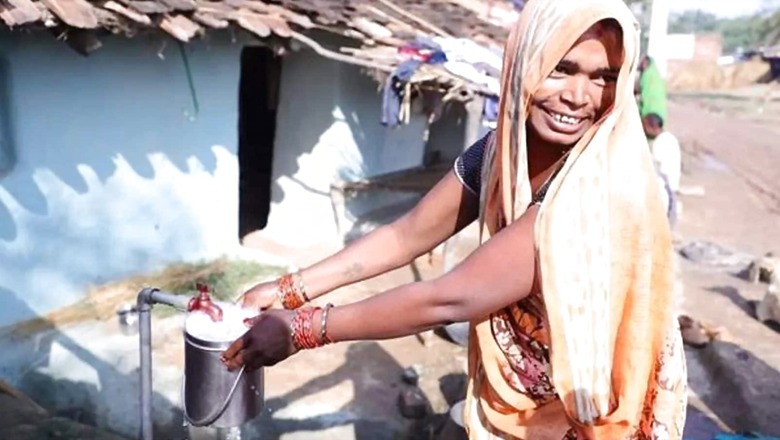
views
India, home to one sixth of humanity, must develop fast for us to be able to pull people out of poverty, and towards universal wellbeing. Its growth must, at the same time, be pro-planet, in line with the ambitious targets we have set for emission control in the interest of the climate.
In the area of healthcare, the government of India has set a target of 2030 to eliminate both AIDS and Malaria. India has a considerable burden of both the diseases. Concerted action to beat AIDS brought about 66% decline in the estimated number of annual new HIV infections in the country from 2000 to 2015, against the global average of 35%. AIDS related deaths in India declined by 54% from 2007 to 2015 against the global average of 41% decline during 2005-2015.
India has prepared the National Framework for Malaria Elimination. Organisations such as ‘Malaria No More’ are fuelling India’s fight against malaria by ensuring the country remains focused on its goal of eliminating the disease within the given time frame. To be sure, broad-based private sector participation will be key to achieve this aim. Private sector participation drives technological innovation in tracking and reporting hidden malaria cases. This, coupled with a robust policy and mechanisms to ensure malaria reporting from India’s private health sector will help estimate the true burden of the disease in the country.
Augmenting basic infrastructure is also a key factor enabling human development in India. The ‘Jal Jeevan Mission’, aimed at providing drinking water through individual household tap connections by 2024 to all households in rural India, has transformational potential. Since 2019, our country has seen a 35% increase in the coverage of rural households with tap connections. Over 51% of rural households in India now have tap water connections. Connectivity to potable tap water has proved to be revolutionary. It has helped arrest school drop-out rates among girls in rural India. Availability of potable water within the household has reduced drudgery and dramatically improved the ease of living of adolescent girls, women, and the elderly.
Water-borne diseases are also tackled by the provision of potable water. UNICEF estimates that 38 million Indians are affected by waterborne diseases annually. Every year, 1.5 million children die of diarrhoea globally.
Sustainable development in India presents unique challenges, given our varied topography, climate, population, and culture. The vastness of our landmass and population means we must truly go the extra mile and implement solutions that break convention. We still have some way to go, and considerable ground to cover. But we have stuck together with dedication to enable sustainable development across key sectors such as healthcare, education, disease prevention and control, and water, sanitation, and hygiene, among others.
Today, India is doing better than many countries on achieving the United Nations’ 17 sustainable development goals. Covid-19 had, without a doubt, impacted the pace of work in the country but we are, well and truly back to full resumption of development-related work.
The world is watching India’s growth keenly to learn from this biggest of development exercises in history as we work towards elevating the ease of living of millions of our citizens. Our success at this endeavour will offer solutions to several other countries to learn from and emulate. Technological innovation for social good promises to catalyze sustainable development by dramatically increasing our ability to effect population scale change. India has an enviable health data stack and education data stack which can be innovated upon to develop customizable and scalable solutions that bring about social change and betterment.
The JAM trinity – Jan Dhan, Aadhaar and Mobile – has given India the ability to bring about change quickly, at scale; and to constantly monitor it for efficacy. A slew of targeted technological innovations can usher in a phase of prolonged development for all, distinguishing India further from its peers, and, at the same time giving humanity renewed hope of progress and prosperity.
Dr. Aatish Parashar, Dean and Head, Central University of South Bihar, Member, State Health Society, Bihar. The views expressed in this article are those of the author and do not represent the stand of this publication
Read all the Latest News and Breaking News here
















Comments
0 comment